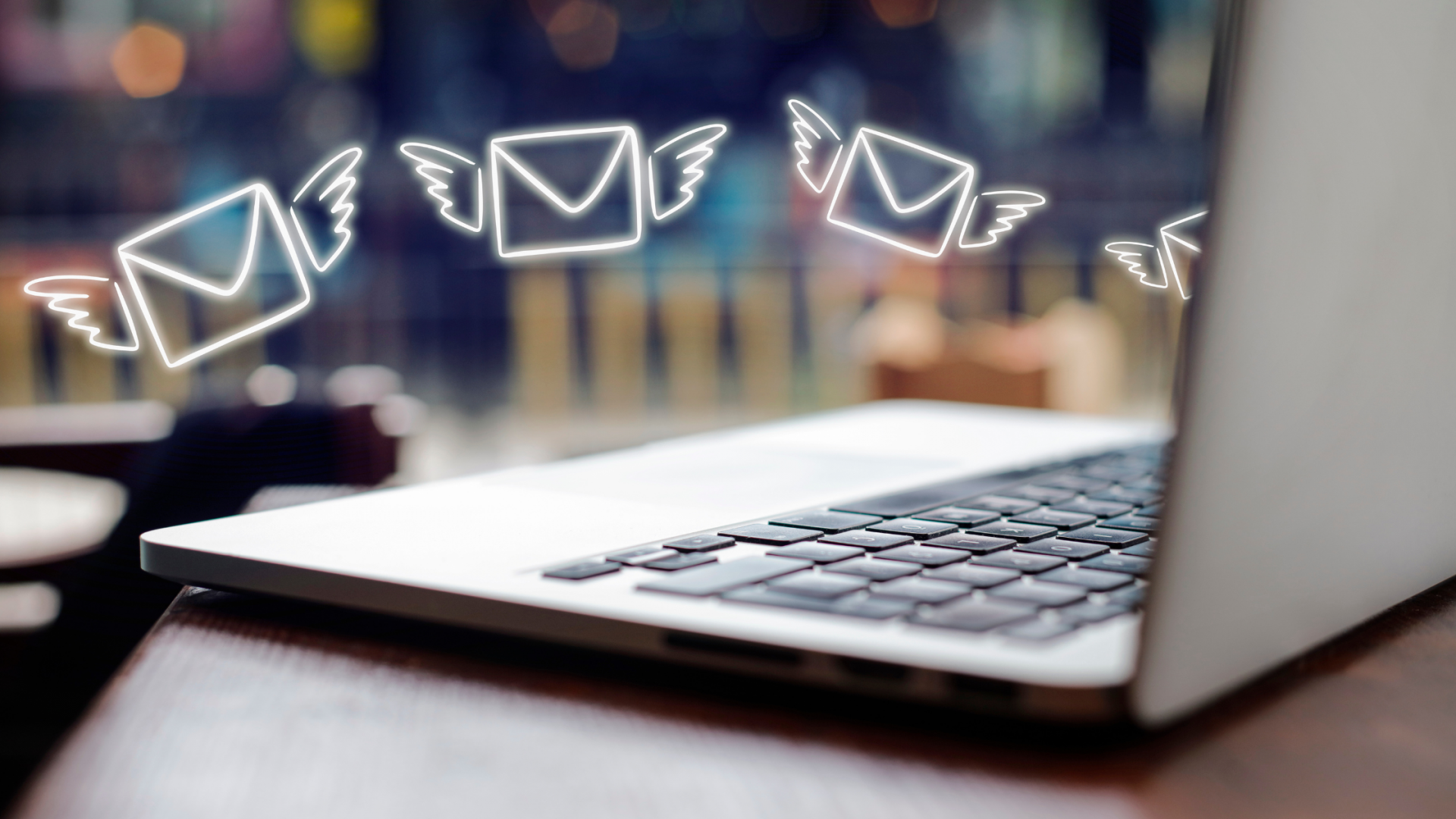Email marketing remains one of the most effective ways to reach and engage with customers. In fact, according to recent studies, the average ROI for email marketing is $42 for every $1 spent.
However, with inboxes becoming increasingly crowded, it’s more important than ever to craft emails that stand out and convert. In this post, we’ll share some email marketing best practices to help you create emails that get results.
Define your goals and audience
Before you start creating your email campaign, it’s important to define your goals and audience.
Are you trying to drive sales, promote a new product, or simply stay top-of-mind with your customers? Who are you targeting with your emails, and what kind of content will they be most interested in?
The more specific you can be about your goals and audience, the better you’ll be able to tailor your email content to their needs and interests.
Choose an attention-grabbing subject line
Your subject line is the first thing your audience will see when your email lands in their inbox, so it’s crucial to make it attention-grabbing and relevant.
Avoid generic subject lines like “Newsletter March 2023,” and instead use language that piques your audience’s interest and encourages them to open your email.
Consider using personalization (e.g., “Hey [Name], check out this exclusive offer just for you”), or posing a question or intriguing statement that entices them to learn more.
Craft compelling email copy
Once your audience has opened your email, you want to keep them engaged with your content.
Be sure to use clear and concise language, and break up your text with images, bullet points, and other formatting elements that make it easy to read.
Focus on the benefits your audience will receive from your products or services, rather than simply listing features. Use calls-to-action (CTAs) strategically throughout your email copy to guide your audience towards your desired action (e.g., “Shop now,” “Learn more,” “Subscribe”).
Segment and personalize your emails
Segmentation and personalization are powerful tools for email marketing success.
By dividing your email list into different segments based on factors like location, interests, or purchase history, you can create targeted campaigns that are more relevant to each group.
Personalization can take many forms, from simply using your audience’s name in the email copy to tailoring content based on their preferences or behavior.
The more you can make your emails feel like a personalized communication, the more likely your audience is to engage with them.
Optimize for mobile devices
More and more people are checking their email on their mobile devices, so it’s crucial to make sure your emails are optimized for mobile viewing.
Use a responsive email design that automatically adjusts to different screen sizes, and make sure your text and images are easy to read and load quickly.
Test your emails on different devices and email clients to ensure they look great and function well across the board.
Conclusion
Email marketing can be a powerful tool for driving conversions and building customer loyalty, but it requires careful planning and execution.
By following these email marketing best practices, you can create emails that stand out in crowded inboxes and inspire your audience to take action.
Remember to define your goals and audience, craft attention-grabbing subject lines and compelling email copy, segment and personalize your emails, and optimize for mobile devices.
With the right strategy and tactics, your email campaigns can drive real results for your business.


